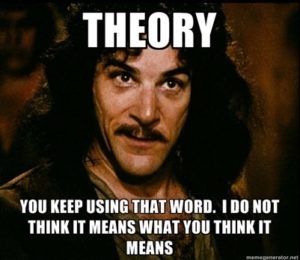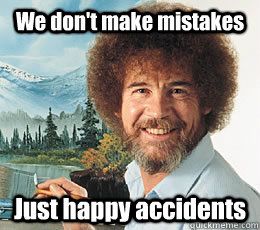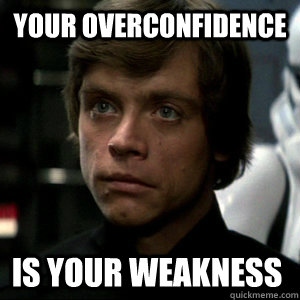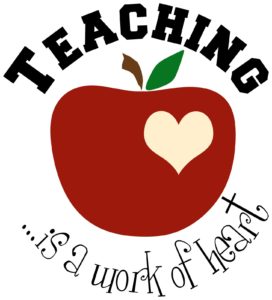Welcome back to Week 3 of “The One Thing You can do to Raise Enrollment,” a six week “how-to” series.
Study after study has produced empirical evidence to support the fact that reputation is the most important factor influencing people’s college and class choices.
 “Without a strong reputation, colleges are unable to attract the resources necessary to build an effective educational environment. Institutional reputation attracts everything from the best professors and research talent to philanthropic donations and star students. Everyone wants to be a part of a winning team, and in education, that means investing in the best academic brand,” writes Joseph Torrillo, vice president of Reputation Management.
“Without a strong reputation, colleges are unable to attract the resources necessary to build an effective educational environment. Institutional reputation attracts everything from the best professors and research talent to philanthropic donations and star students. Everyone wants to be a part of a winning team, and in education, that means investing in the best academic brand,” writes Joseph Torrillo, vice president of Reputation Management.
As employees, we cannot sit back and passively place our hope in the power of the marketing department alone to define and manage our institutions’ reputations. Why? Because no amount of marketing can trump a personal experience with a brand.
I love this definition: Brand equity “is the intangible asset of added value or goodwill that results from the favorable image, impressions of differentiation, and/or the strength of consumer attachment to a company name,” writes Michael Belch and George Belch in their book, Advertising and Promotion: An Integrated Marketing Communications Perspective. (if this were a paper, the attribution would read, (Belch and Belch p. 56) …go ahead, makes me giggle a little, too.)
When a student has a good experience with a GCC employee, a curious thing happens: The student does not say, “I love that GCC employee named Lupe.” No, the student says, “I love GCC.”  A single good experience with a single employee packs a powerful boost to GCC’s overall reputation. Suddenly someone is singing praises of GCC to their friends, family, and strangers on social media.
A single good experience with a single employee packs a powerful boost to GCC’s overall reputation. Suddenly someone is singing praises of GCC to their friends, family, and strangers on social media.
However, experience is a double edged sword. When a student has a bad experience with a GCC employee, it’s not the employee they heap coals upon, it’s the overall institution.
Last week you spent some time writing a few statements that speak to your personal humanity.
This week your task is to… take a deep breath…
list your achievements. The purpose of this task is to make public any information that enables students to make an informed decision to choose you.
The purpose of this task is to make public any information that enables students to make an informed decision to choose you.
“If we are to achieve results never before accomplished, we must expect to employ methods never before attempted.” – Francis Bacon
The simple act of listing your areas of expertise and accomplishments in your Employee Biography page serves to significantly elevate GCC’s reputation on a local, national, and international scale.
It’s not bragging.  You ARE the secret sauce in GCC’s reputation! You have a history of proud moments, achievements and accomplishments that needs to come up in a google search.
You ARE the secret sauce in GCC’s reputation! You have a history of proud moments, achievements and accomplishments that needs to come up in a google search.
A bio page with secret sauce includes naming your areas of expertise, credentials, a personal quote, and some information that reveals your humanity and proudest moments.
Here is an example:
Name: John Doe
Credentials: AAS, M.A.Ed, Ph.D.
Areas of Expertise: Experiential Learning; Community Partnerships
Personal Quote: “I got my Doctorate at Yale, but I identify more with the students who come to GCC.”
Bio: Example 1: Four generations of my family have come to GCC to get their first college degree. Ask me why…
Example 2: If it were not for my 9th grade math teacher, I would not be where I am today. He never gave up on me. I want to inspire my students the way he inspired me, and see what can be achieved.
Example 3: I was the first person in my family to go to college, and I was excited and scared at the same time.
Example 4: My proudest moment was when…
Bulleted lists might include: education, awards, specialized training, published research/articles/books, grant funded projects, committees, pro bono work, volunteerism, boards served, etc.
Teach others how and what to think about you, and it forms a reputation in their minds for GCC as well. Take this time detail what you offer – leave no doubt in the reader’s mind that not only are you are a devoted educator, but you are a nice person to boot.
Reputation wields compelling, persuasive, influential power.
Your homework this week: Begin listing the ingredients that make up your particular secret sauce. These may include your personal areas of expertise and scope of services, awards, thesis topic/description, published works, patents, specialized training, published news about you, your motivation, what inspires you, the thing(s) you love most about what you do, and…
 …(at least) one thing you want to be remembered for should you drop dead tomorrow.
…(at least) one thing you want to be remembered for should you drop dead tomorrow.
It’s Presidents’ Day weekend, established in 1885 to honor George Washington and Abraham Lincoln whose reputations for honesty and integrity still inspire us today.
This weekend, carve out some time to work on defining YOUR enduring reputation. Then come back for Week 4. The “One Thing,” and How to Influence Assumptions













